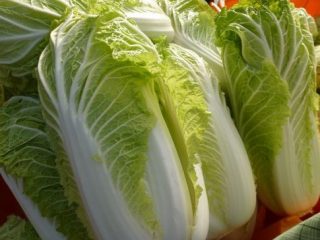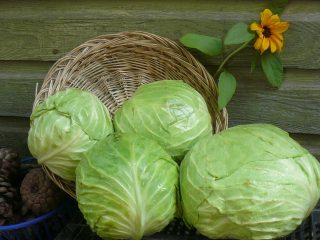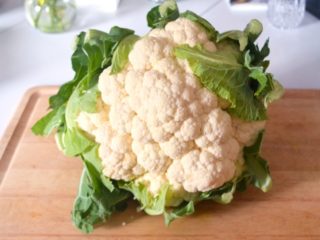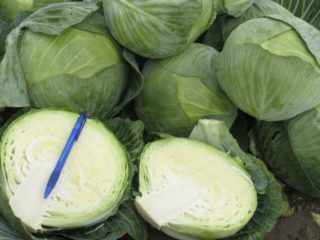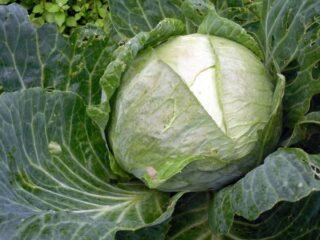Content
Cauliflower for Siberia is a desirable but capricious plant. While in the southern latitudes heads of cabbage are easy to obtain, in the northern regions most varieties do not produce even part of the promised harvest. To solve this problem, breeders have developed varieties that feel comfortable in cold climates.
How to choose a cabbage variety for Siberia
The main selection criterion is resistance to temperature changes. In regions where summers are cold and short, only ultra-early varieties of cauliflower can be cultivated. Species that ripen in 100-110 days can be planted in the middle zone. There is also a chance to get both an early and late harvest.
It must be borne in mind that the culture is an ardent “fan” of moisture and moderate temperature. This forces gardeners to sow material in March in order to plant the plant in April and have time to give the cauliflower all the necessary substances and microelements.
A common problem for plants in Siberia is a deficiency of cobalt and boron. The owners of the crop blame the climate and lack of moisture, but all you need to do is properly feed the cauliflower during the formation of inflorescences.
The vegetable loves moisture and moderate temperature. The material is sown in late March to obtain seedlings in April.
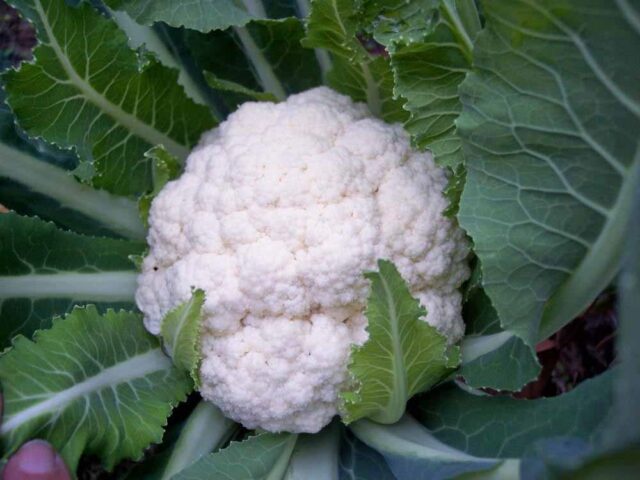
In Siberia, the ideal cauliflower is a frost-resistant, early-ripening and high-yielding plant that can be planted both in a garden bed and in a greenhouse
The best varieties of cauliflower for Siberia
Before purchasing seeds, you need to study the characteristics and features of the proposed crop. It should be understood that if the plant is not provided with all the necessary conditions, then maximum yields will not be achieved.
Movir
The variety is characterized by a strong immune system and resistance to temperature changes. The crop can be grown in Siberia both in open ground and in greenhouse conditions, in greenhouses.
The variety is mid-season; the heads of cabbage can be cut 80-100 days after sowing. The pulp of the inflorescences is dense, snow-white in color, without voids. It tastes tender without bitterness, rich in potassium, iodine, manganese, magnesium.
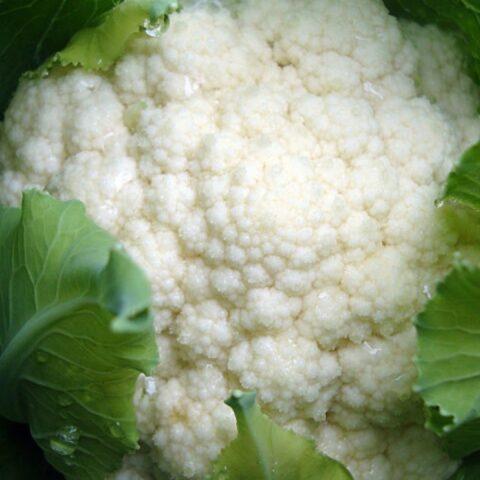
The yield of Movir cauliflower reaches 8 kg per 1 m2
Goodman
A mid-early and high-yielding hybrid with good endurance, suitable for cultivation in various climatic regions, including Siberia. A characteristic feature of the variety is its commercial qualities and good taste.
The ripe head has a flat-round shape, medium tuberosity, and a pleasant white-cream color. It can reach 20 cm in diameter. The weight of each head of cabbage ranges from 0.6 to 1.4 kg.
The ripening period is mid-early: you can start enjoying the harvest 100-105 days after sowing the material. Heads of cabbage can be cut until September inclusive. The hybrid is characterized by an extended ripening period.
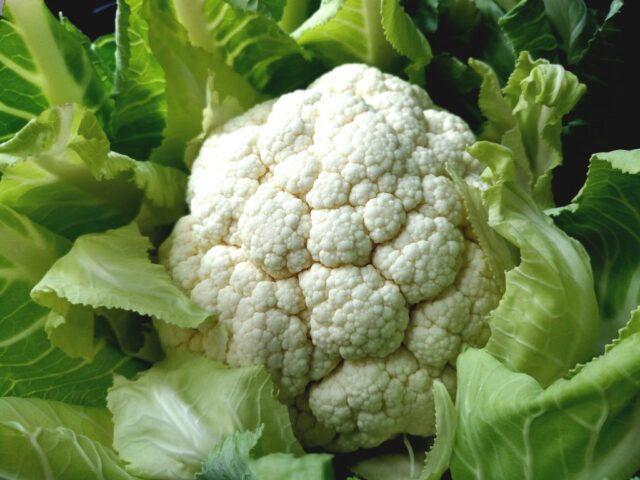
The average yield of the Goodman variety varies from 3.2 to 4.6 kg per 1 m2
Koza-Dereza
Breeders from St. Petersburg bred good cauliflower for Siberia in 2007. The mid-early variety has a good immune system and frost resistance: hardened seedlings can withstand down to -4 °C.
Externally, the plant is an erect rosette of compact size with slightly bubbly leaf plates of a gray-green color. Cauliflower forks are round, slightly convex and lumpy.
The weight of each milky-white head is 700-800 g. To the touch, the inflorescences are dense, strong, without bitterness and with a delicate taste.
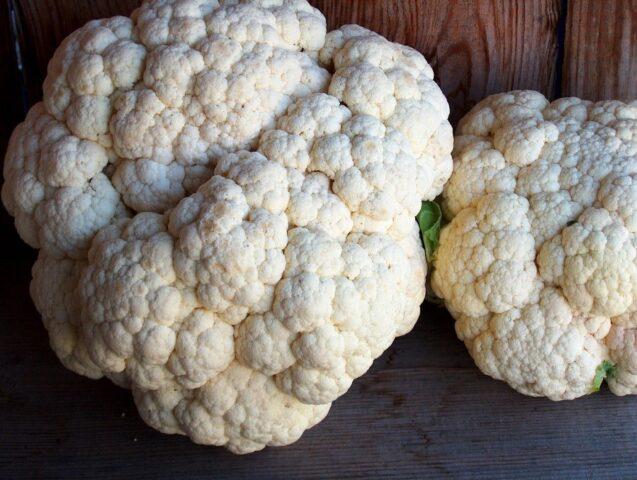
The yield of Koza-dereza cauliflower is 2.5-3 kg per 1 m2
Alpha
An early ripening variety whose ripening period is only 75-90 days. The plant is cold-resistant and is not afraid of blackleg. It takes root well both in open ground and in greenhouse conditions.
The height of cabbage reaches 30-50 cm. The head is compact, with medium-sized white inflorescences. The average weight of a head of cabbage is 1.2-1.5 kg. The cabbage pulp is dense, crunchy, juicy. It contains a large amount of folic and ascorbic acid, vitamins, potassium and carotene.
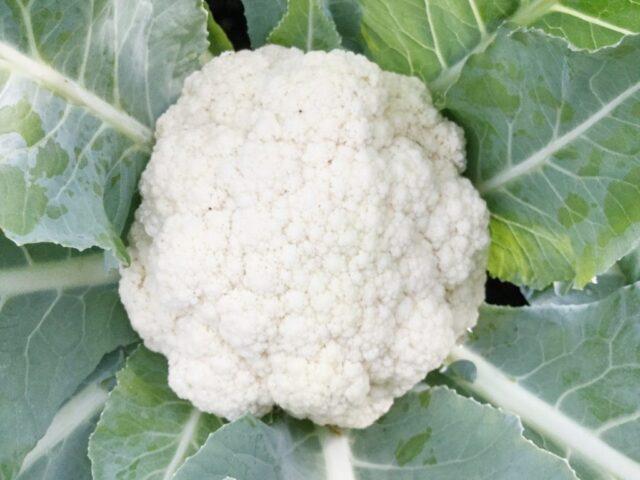
The yield of Alpha cauliflower in Siberian conditions varies from 3.5 to 5 kg per 1 m2
Snowball
A hybrid with early ripening allows harvesting in 70-90 days. Externally, the plant has a strong base with bright green foliage directed upward. The fork is white, medium tuberous, compact and dense. The weight of each specimen reaches 1.2 kg. Collected inflorescences can be stored for a long time in the freezer.
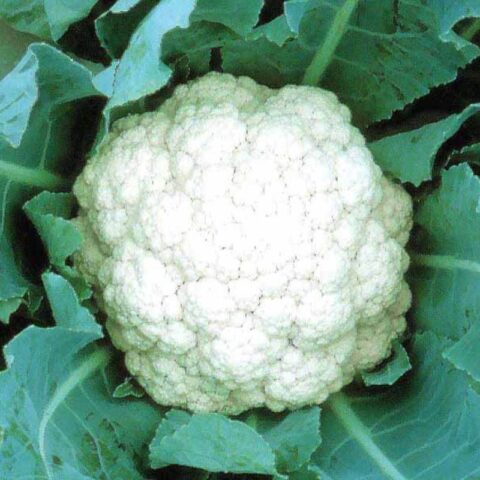
The yield of cauliflower Snow Globe is 2 kg per 1 m2
Snowball 123
The deciduous part of the mid-early variety is slightly raised and has a bluish-green color. The heads are large, pure white in color. The weight of each fork ranges from 0.4 to 1 kg. The inflorescences are rich in antioxidants and minerals, phytoncides.
This variety is excellent for growing in Siberia: it is frost-resistant, can be stored fresh well, and is suitable for processing at low temperatures.
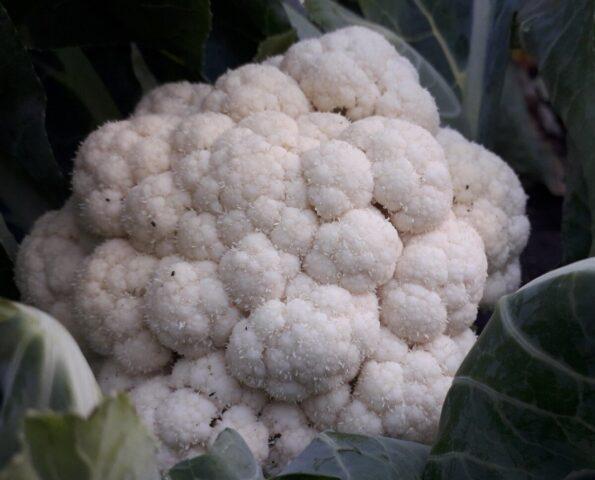
The yield of cauliflower Snowball 123 ranges from 2 to 4 kg per 1 m2
White Castle
The variety is perfectly resistant to cold snaps and is not afraid of short-term frosts. High seed germination is also noted: up to 92%. The variety is early, the forks can be cut 80-100 days after planting.
The weight of the heads reaches 1.5-1.7 kg, each of them is snow-white in color. The pulp is tender in taste, but can be stored well in a dark place for up to two months.
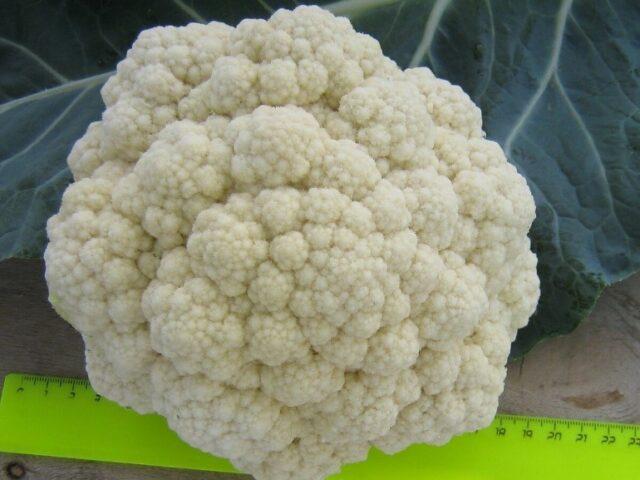
The yield of White Castle cauliflower in Siberia is 4.2 kg per 1 m2
Snowdrift
Cauliflower is intended for growing in open ground, but also thrives in greenhouse conditions. The harvest can be harvested within 92-96 days after emergence, which makes it possible to classify the crop as a mid-early species.
The forks are medium-sized, weighing 1.2 kg. They are dome-shaped and flat-round in shape. The color of the inflorescences can be white or cream.
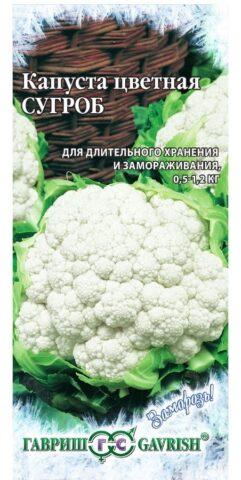
From 1 m2 you can get up to 4.6 kg of cabbage Snowdrift
Two sisters
The early ripening variety is a mix of two hybrids: Snowball 123 and Universal. The first fork has a white color, and the other has a soft light green color. The plants are vigorous, with dense, flat-rounded heads. The weight of each can reach 1.5 kg.
Both varieties are characterized by high yield and decent taste. Plants grow well both in open ground and in greenhouses.
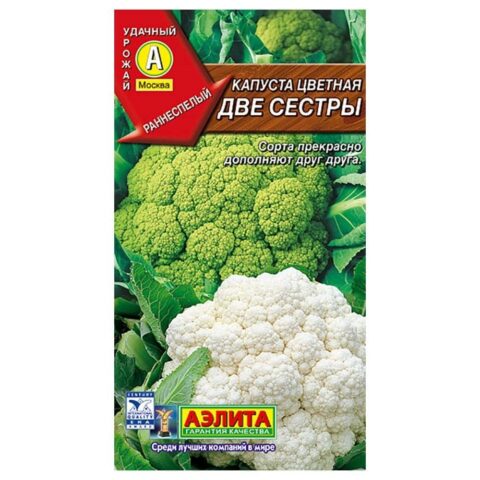
The yield of cauliflower Two Sisters in Siberia ranges from 1.8 to 2.5 kg per 1 m2
Emerald Cup
The plant has a short growing season, varying between 75-90 days. The variety can be cultivated in Siberia in open ground: the vegetable is perfectly adapted to climate changes.
The average weight of heads of cabbage is 350-500 g. An individual feature of the culture is the inflorescences, whose surface is covered with curled spirals and pyramids. But the taste of the vegetable is not inferior to other varieties: with sweet notes and delicate texture.
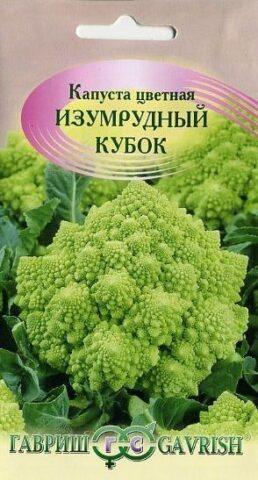
In Siberia, from 1 m2 you can collect up to 1.8 kg of Emerald Cup forks
Features of cultivation
The vegetable has earned popularity not only for its appearance, but also for its taste. To fully appreciate cauliflower, you need to provide it with proper care in Siberia:
- Competent and timely watering. Immediately after transferring to open ground, you need to moisten the bed at least three times a week. As the bush grows, reduce the procedure to twice every seven days.
- The loosening procedure should be abandoned. It is recommended to regularly mulch and hill up the plant using peat or humus.
- During the season in Siberia, cauliflower needs 3-4 feedings. It is necessary to combine organic matter with minerals.
- Neglecting the rules of agricultural technology will lead to loss of yield and damage to the crop by diseases and pests.
Conclusion
Cauliflower for Siberia is a capricious, but very desirable crop. And to get a harvest, you don’t need to build heated greenhouses or expensive equipment: it’s enough to purchase a frost-resistant early-ripening variety. If you provide the vegetable with proper care, you can enjoy the inflorescences until the end of September.
Reviews of cauliflower varieties for Siberia

